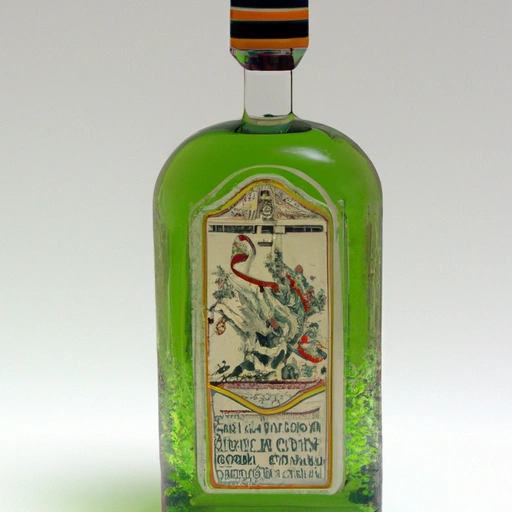Chartreuse
Description

Chartreuse is a distinctive French liqueur known for its complex flavor profile and vibrant green or yellow color. It is made by Carthusian monks in the French Alps since the 1740s and is named after the Grande Chartreuse monastery where it was first produced. The exact recipe is a closely guarded secret, known only to a few monks, and it includes a blend of 130 herbs, plants, and flowers. Chartreuse comes in various types, including Green Chartreuse (55% ABV or 110 proof), Yellow Chartreuse (40% ABV or 80 proof), and limited edition varieties.
Common uses
Chartreuse is commonly used as a digestif and a cocktail ingredient. Its herbal complexity makes it a favorite among mixologists for creating a wide range of drinks. Additionally, it is sometimes utilized as a flavoring in desserts and culinary applications.
Nutritional value
Calories
A standard serving of Chartreuse (1.5 oz or 44 ml) contains approximately 165 calories (690 kJ).
Protein
Chartreuse contains negligible amounts of protein.
Fat
Chartreuse is essentially fat-free.
Carbohydrates
Chartreuse contains about 16 grams of carbohydrates per 1.5 oz serving, most of which come from sugars.
Vitamins
While Chartreuse is not a significant source of vitamins, the multitude of herbs may contribute trace amounts of certain vitamins.
Minerals
The herbal ingredients in Chartreuse may provide minimal amounts of minerals, but it is not consumed for its mineral content.
Health benefits
As an alcoholic beverage, Chartreuse's health benefits are limited. However, some of the herbs in its blend are traditionally known for digestive properties. It is often consumed as a digestif, which may aid in digestion after a meal.
Potential risks
Chartreuse is a high-alcohol content liqueur and should be consumed in moderation. Excessive consumption can lead to health risks associated with alcohol, including liver damage and addiction. It may also interact with certain medications.
Common recipes
Chartreuse is used in a variety of cocktail recipes such as the Last Word, Chartreuse Swizzle, and Bijou. It can also be used to flavor chocolates, icing, and pastry creams.
Cooking methods
While not commonly used in cooking methods that involve heat, Chartreuse can be added to sauces and glazes or used as a finishing touch to desserts.
Pairing with other ingredients
Chartreuse pairs well with chocolate, citrus flavors, and spices like cardamom and cinnamon. Its herbal notes complement savory dishes like roasted meats and rich, creamy sauces.
Summary
Chartreuse is a versatile herbal liqueur with a rich history and a unique place in both the culinary and mixology worlds. Whether used in cocktails or as a flavor enhancer in desserts, this French liqueur brings an incomparable complexity to the table. With its herbal bouquet and vibrant color, Chartreuse offers a taste experience that is both traditional and contemporary.